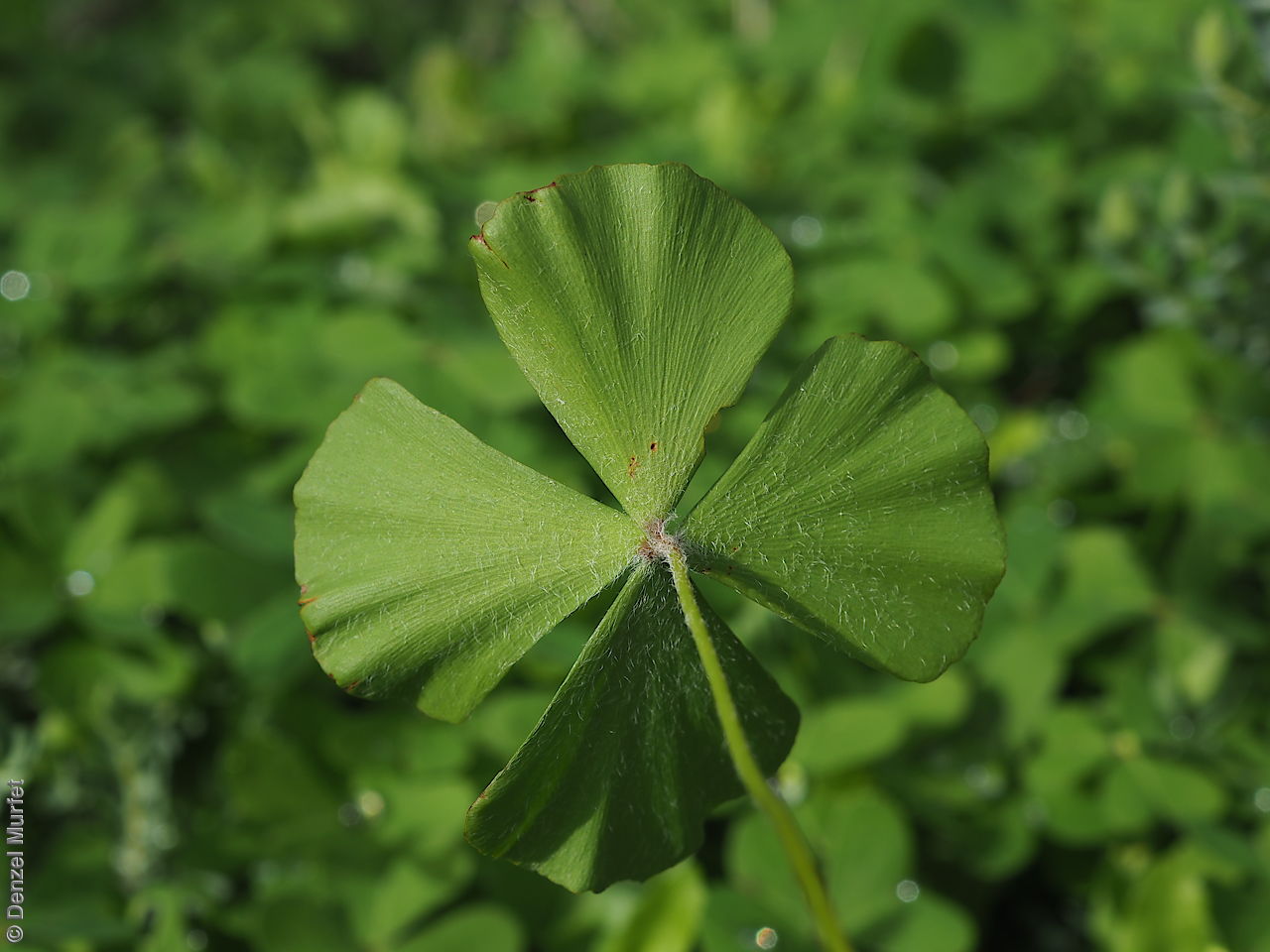Common Nardoo
Display all 12 images












Regional Species Conservation Assessments per IBRA subregion.


Least concern
Near threatened
Rare
Vulnerable
Endangered
Critically endangered
Extinct
Data deficient
Adelaide
Arkaroola
Ceduna
Coober Pedy
Hawker
Innamincka
Marla
Marree
Mount Gambier
Oodnadatta
Renmark
Wudinna
Keith
Yunta
Display IBRA region text
| Fleurieu (KAN02) | Kanmantoo | Rare (IUCN: RA d(i,ii)) [not seen in major swamps] |
| Mount Lofty Ranges (FLB01) | Flinders Lofty Block | Near Threatened [found on roadsides; limited freshwater habitat; habitat has been lost; is planted by councils] |
| Northern Flinders (FLB05) | | Near Threatened |
| Eyre Hills (EYB03) | Eyre Yorke Block | Rare (IUCN: RA d(ii)) |
| South Olary Plain (MDD01) | Murray Darling Depression | Rare (IUCN: RA d(ii)) |
| Murray Mallee (MDD02) | | Near Threatened (Probable Decline) [more widespread than M costulifera; in depressions] |
| Murray Lakes and Coorong (MDD03) | | Near Threatened [needs good quality fresh water] |
| Lowan Mallee (MDD04) | | Rare (IUCN: RA d(ii)) [localised habitat] |
| Wimmera (MDD05) | | Rare (IUCN: RA d(ii)) [limited habitat] |
| Murray Scroll Belt (RIV06) | Riverina | Near Threatened (Probable Decline) [common after flood] |
| Myall Plains (GAW01) | Gawler | Least Concern |
| Gawler Volcanics (GAW02) | | Least Concern |
| Gawler Lakes (GAW03) | | Least Concern |
| Arcoona Plateau (GAW04) | | Least Concern |
| Kingoonya (GAW05) | | Least Concern |
| Torrens (GAW06) | | Least Concern |
| Roxby (GAW07) | | Least Concern |
| Kintore (GVD04) | Great Victoria Desert | Rare (IUCN: RA d(i,ii)) [limited habitat] |
| Tallaringa (GVD05) | | Least Concern |
| Dieri (SSD03) | Simpson Strzelecki Dunefields | Least Concern |
| Warriner (SSD04) | | Least Concern |
| Strzelecki Desert (SSD05) | | Least Concern |
| Breakaways (STP01) | Stony Plains | Least Concern |
| Oodnadatta (STP02) | | Least Concern |
| Murnpeowie (STP03) | | Least Concern |
| Peake-Dennison Inlier (STP04) | | Least Concern |
| Macumba (STP05) | | Least Concern |
| Witjira (STP06) | | Least Concern |
| Baltana (STP07) | | Least Concern |
| Sturt Stony Desert (CHC02) | Channel Country | Least Concern |
| Diamantina-Eyre (CHC04) | | Least Concern |
| Coongie (CHC06) | | Least Concern |
| Lake Pure (CHC07) | | Least Concern |
| Mann-Musgrave Block (CER01) | Central Ranges | Rare (IUCN: RA d(i,ii)) [limited habitat] |
| Tieyon (FIN03) | Finke | Rare (IUCN: RA d(i,ii)) [limited habitat] |
| Fleurieu (KAN02) | Kanmantoo | Rare (IUCN: RA d(i,ii)) [not seen in major swamps] |
| 2 of 6 subregions | Flinders Lofty Block | Near Threatened |
| Eyre Hills (EYB03) | Eyre Yorke Block | Rare (IUCN: RA d(ii)) |
| 5 of 6 subregions | Murray Darling Depression | Near Threatened , Rare |
| Murray Scroll Belt (RIV06) | Riverina | Near Threatened (Probable Decline) [common after flood] |
| 7 of 8 subregions | Gawler | Least Concern |
| 2 of 4 subregions | Great Victoria Desert | Least Concern , Rare |
| 3 of 4 subregions | Simpson Strzelecki Dunefields | Least Concern |
| 7 of 7 subregions | Stony Plains | Least Concern |
| 4 of 4 subregions | Channel Country | Least Concern |
| Mann-Musgrave Block (CER01) | Central Ranges | Rare (IUCN: RA d(i,ii)) [limited habitat] |
| Tieyon (FIN03) | Finke | Rare (IUCN: RA d(i,ii)) [limited habitat] |
Botanical art
Kath Alcock paintings: 19
Prior names
Marsilea elata var. crenata
Common names
Common Nardoo
Etymology
Marsila named after Count Luigi Ferdiando Masili (1658-1730), an Italian scholar and eminent natural scientist, whose name was Latinised as Marsilius. Drummondii named after James Drummond (1786-1863), a Scottish born botanist and naturalist who was the curator of the government gardens in Cork, Ireland and an early settler in Western Australia.
Distribution and status
Found across South Australia except on the Nullarbor and Kangaroo Island, growing on wet mud and clay, in swamps, waterholes, shallow depressions and ephemeral streams. Also found in all mainland states. Native. Common in South Australia. Common in the other states.
Herbarium regions: North Western, Lake Eyre, Gairdner-Torrens, Flinders Ranges, Eastern, Eyre Peninsula, Northern Lofty, Murray, Yorke Peninsula, Southern Lofty, South Eastern, Green Adelaide
AVH map: SA distribution map (external link)
Plant description
Rhizome sometimes woody herb, densely hairy when young. Fronds solitary or in clusters at nodes on a long stalk to 30 cm with four equally arranged leaflets, broadly obovate, to 30 mm long, both surfaces densely hairy or, when aquatic, almost glabrous, grey-green, entire or shallowly to deeply crenate. This species is very similar to Marsilea hirsuta, which differ by having larger sporocarps on very long stalks and more hairy leaves. Fruits are orange-brown oblong-ellipsoid pod (sporocarp), to 9 mm long and 3 mm wided, smooth to slightly ribbed covered in dense hairs on a stalk longer than the pod. Seeds are fine spores.
Seed collection and propagation
Collect seeds between January and December.













